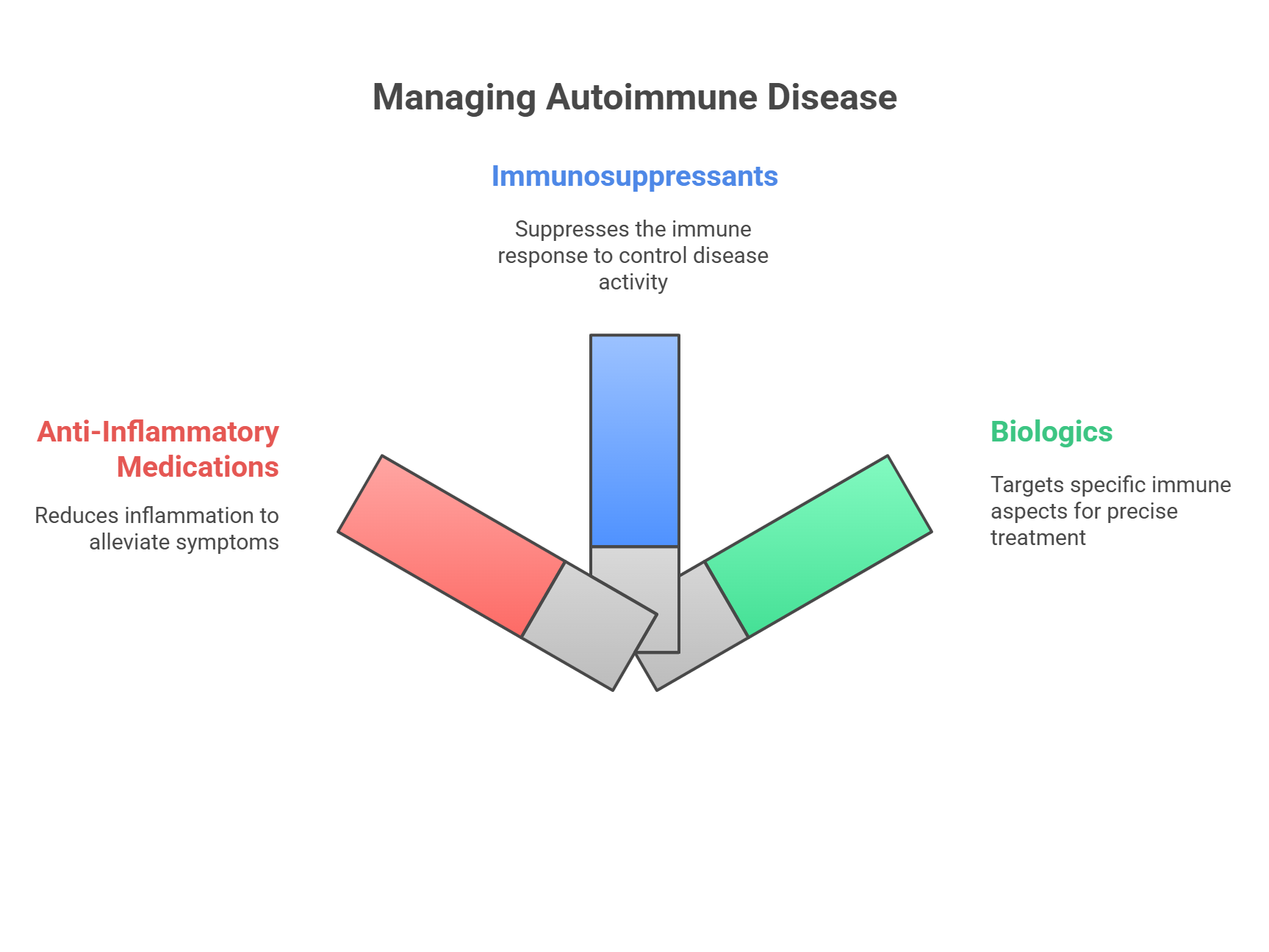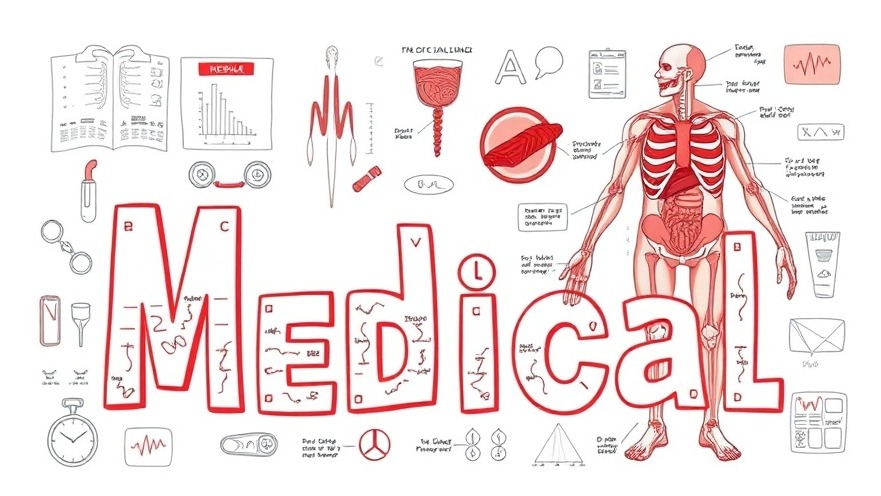
Understanding Autoimmune Diseases: Your Body’s Double Agent
Imagine if your immune system, the very defender of your health, suddenly turned against you. This paradox is the reality for those suffering from autoimmune diseases, where the body mistakenly attacks its own cells instead of pathogens. In this article, we delve into the world of autoimmune diseases, exploring symptoms, treatments, and the importance of seeking proper medical advice.
In 'Autoimmune Disease Explained: Symptoms, Causes, and Treatments That Work,' the discussion dives into the complexities of autoimmune conditions, leading us to further explore their implications and management.
What Are Autoimmune Diseases?
Autoimmune diseases occur when the body's immune system becomes confused and starts attacking healthy cells. A common misconception is that these diseases are rare, but in reality, over 80 types of autoimmune conditions exist. The more familiar ones include:
Rheumatoid arthritis: Affects joints, leading to pain and stiffness.
Lupus: A systemic condition that can target various organs, particularly the kidneys.
Type 1 diabetes: An autoimmune attack on insulin-producing cells in the pancreas.
Multiple sclerosis: Influences mobility by attacking the nerves.
Hashimoto’s thyroiditis: Causes hypothyroidism by targeting the thyroid gland.
Psoriasis: A skin condition characterized by red, scaly patches.
Recognizing the Symptoms
Symptoms of autoimmune disorders can be vague, ranging from joint pain and fatigue to skin changes. Each disease has its specific clues. For instance, if someone experiences joint pain, it may suggest rheumatoid arthritis. Early diagnosis is crucial, as catching these symptoms on time can lead to better management.
Diagnosing Autoimmune Conditions
When faced with persistent symptoms, consulting a physician is essential. Doctors may order blood tests to check for markers such as rheumatoid factor and other inflammatory indicators. The strength of these tests lies in their sensitivity, helping pinpoint the presence of an autoimmune disorder.

Current Treatment Options: Managing Autoimmune Diseases
While there’s no cure for autoimmune diseases, understanding that a range of treatment options exist can be empowering. Here are three key approaches:
Anti-Inflammatory Medications: Steroids or non-steroidal anti-inflammatories can help reduce inflammation.
Immunosuppressants: Drugs like methotrexate can rein in the immune response.
Biologics: A newer category of medication designed to target specific aspects of the immune response.
By engaging with healthcare providers during treatment, individuals with autoimmune diseases can significantly improve their quality of life.
Empower Yourself - Advocate for Your Health
Being informed about your health is vital in navigating the complexities of autoimmune diseases. Talking with doctors and seeking multiple opinions can unveil new perspectives on treatment. Don’t hesitate to follow up on symptoms, ask questions, and advocate for your well-being. Every patient must feel empowered in their healthcare journey.
In Conclusion
Autoimmune diseases may present challenges, but they can be managed effectively with the right approach and treatments. If you're experiencing unexplained symptoms, seek guidance from healthcare professionals. Remember, staying proactive about your health and wellness is the best strategy!
Sources
National Institute of Environmental Health Sciences (NIEHS)
National Academies Press & NCBI
Disclaimer: The information provided on this website is for general informational purposes only and should not be considered medical advice, diagnosis, or treatment. Always consult a qualified healthcare professional before making any decisions or taking actions related to your health, including but not limited to medical conditions, devices, treatments, diets, supplements, or exercise programs. The content on this site is not intended to replace professional medical guidance. The website and its authors are not responsible for any actions taken based on the information provided. Ask your doctor or licensed medical professional first.
 Add Row
Add Row  Add
Add 




Write A Comment